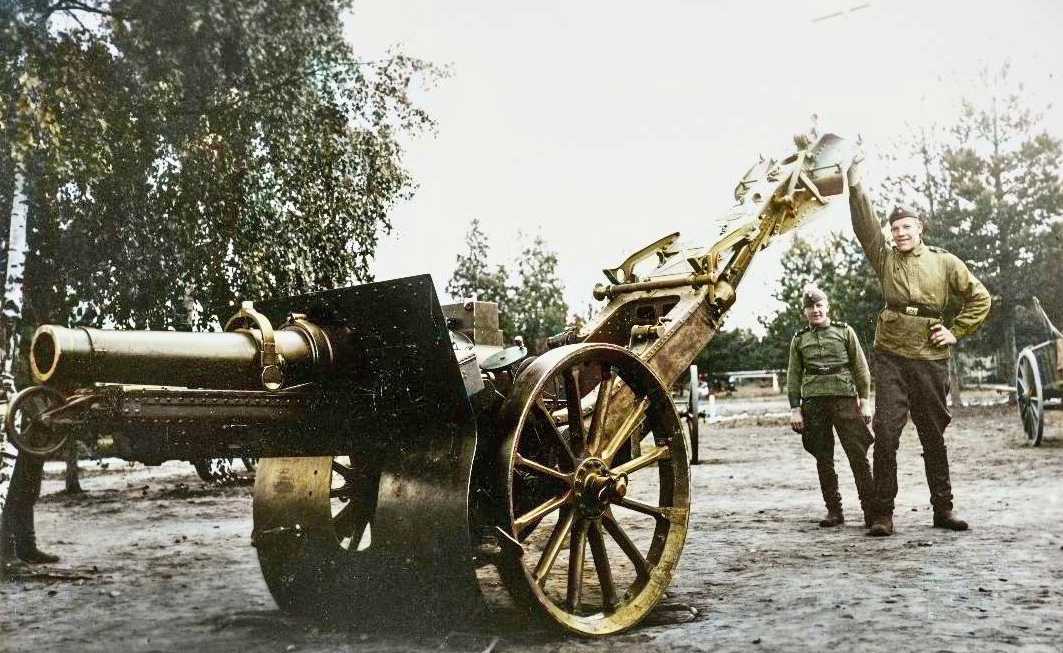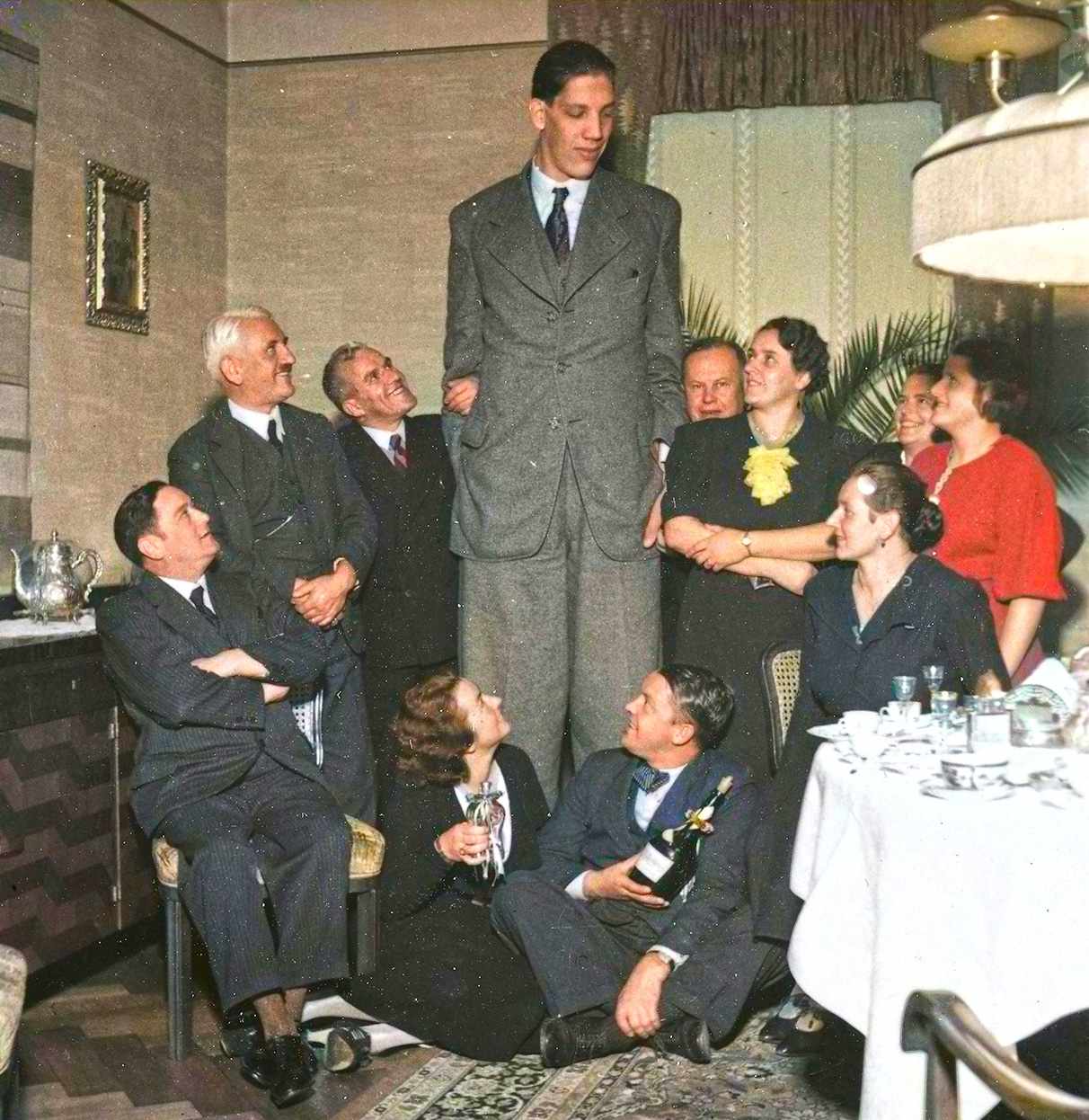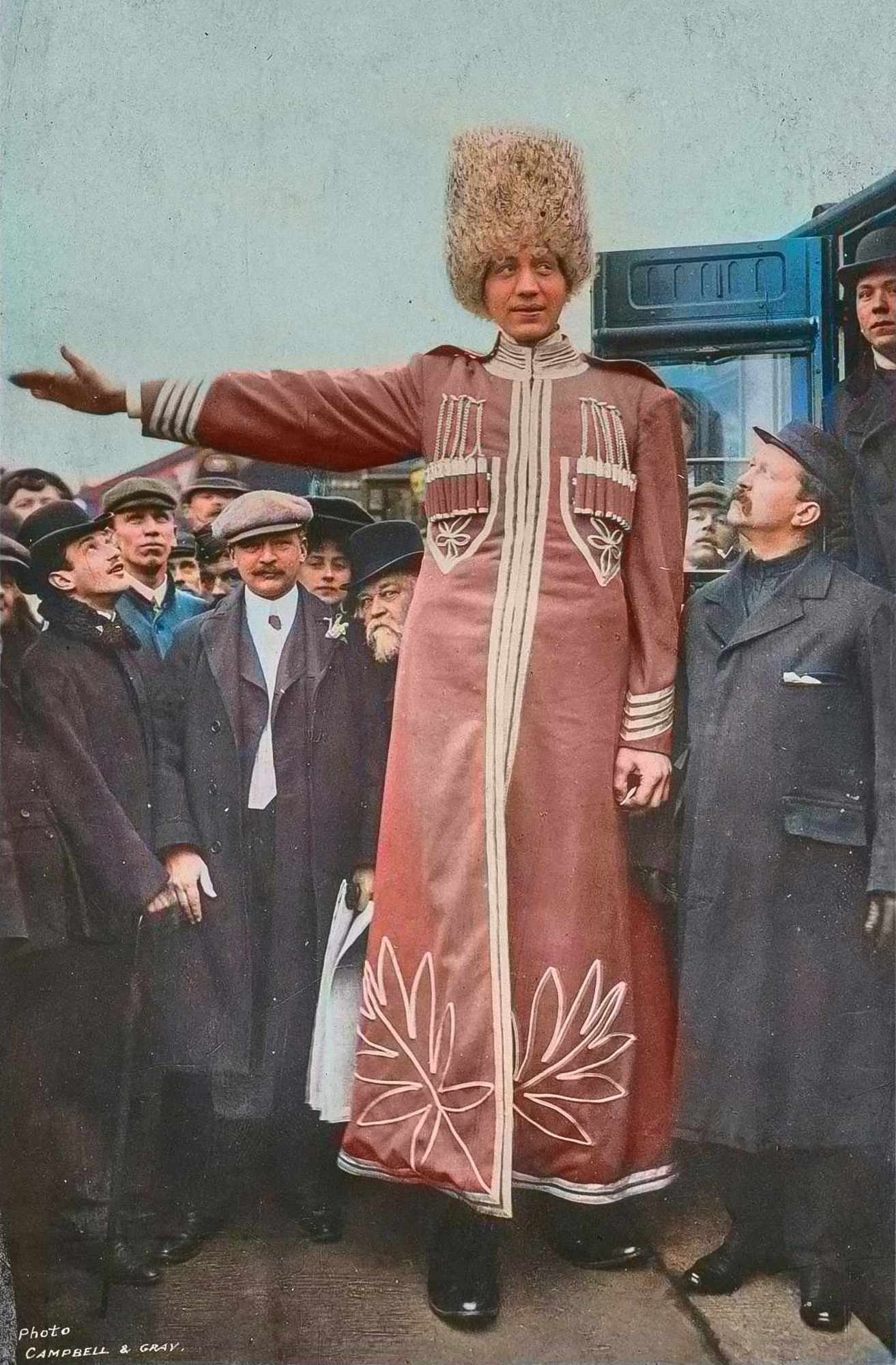Väinö Myllyrinne was a giant in Finland. He was born on February 27, 1909, and died on April 13, 1963. Myllyrinne’s height was variously reported to be between 8 ft 2 in and 8 ft 3 in (246–251 cm), with 8 ft 1 in (247 cm) being the most common figure. According to various claims, he continued to get taller even when he was 40 years old and weighed around 375 pounds (170 kg). When Myllyrinne enlisted in the military in 1929 at a height of around 7 ft 2.5 in (220 cm), he also became the tallest soldier in history.
Väinö Myllyrinne’s Life
Väinö Mylurynne was born on February 27, 1909, in Helsinki, the second of eight children of a police officer and his wife. Two of his siblings did not make it through their first birthday. His mother, Anna-Maria Keryanen, was from the region of Kainuu, while his father was from the province of Satakunta.
It’s worth noting that the world-famous Potsdam Giant Daniel Cajanus and Louis Moilanen were both natives of his mother’s hometown of Paltamo in northern Finland.

When Myllyrinne was 20, he enrolled in the army. At Vyborg, he was part of the heavy artillery. His family moved around a lot before the war started, so he had a few different spots to call home.
After serving his country and unconsciously being the tallest soldier in history, Väinö found a permanent home in Helsinki, the capital of Finland. After joining the Helsinki Athletics Club, he began to experiment with the sport of wrestling, which has been the fate of many giants in history, like Édouard Beaupré.
Väinö Myllyrinne decided to tour Europe in the 1930s, performing in circuses and variety shows along the way. After showcasing his capabilities in wrestling, he shifted gears to introduce himself to the crowd and encourage interaction by shaking hands with crowds of people. He had planned to go throughout the United States, but the start of the Winter War in 1939 forced him to head back to his motherland instead.

When Robert Wadlow died in 1940, Väinö Myllyrinne probably became the tallest living person.
Cons of Being a Giant
After the war ended, Väinö Myllyrinne continued to make public appearances in Sweden but decided against traveling to the United Kingdom owing to his deteriorating health. The problems with his joints severely limited his ability to move around, as has been the case with all people with gigantism.
He moved to Järvenpää in 1946 and spent the next decade there, mostly working on poultry farms. However, they tied the knot in 1942, and Myllyrinne was now the husband of Anna-Liise Puistonen. But it was a brief, two-year marriage that produced no offspring. In his final years, he lived with his brother and his family.

In his later years, Myllyrinne battled not just diabetes but also a hip fracture sustained in a fall that occurred six months before his death. A similar type of hip fracture caused by falling also happened to Gabriel Monjane and took his life eventually. The tallest man in history, Robert Wadlow, also died by damaging his ankle.
On April 28, 1963, Väinö Myllyrinne passed away at the Institute of Radiation Therapy in Helsinki. Järvenpää was the location of his burial.
In 2004, he climbed to number 12 on the list of Finland’s most famous people, also known as the Great Finns (a similar show to the BBC’s Great Britons), which was a 2004 television show.
Why Väinö Myllyrinne Was So Tall
Those affected by gigantism experience rapid and extreme growth throughout their lives. When the pituitary gland in their brain is overactive due to a tumor called pituitary adenoma, this leads to gigantism.
The pea-sized pituitary gland at the bottom of their brain keeps secreting an excess amount of growth hormone into the blood, which continues to grow bones and other tissues long after they should have stopped growing.
Väinö Myllyrinne’s gigantism made him extremely tall but at the same time very weak in the joints and prone to conditions like diabetes from consuming too much food.
References
- Featured Image: The tallest man (archive.org)
- Helsinki – Google Books






